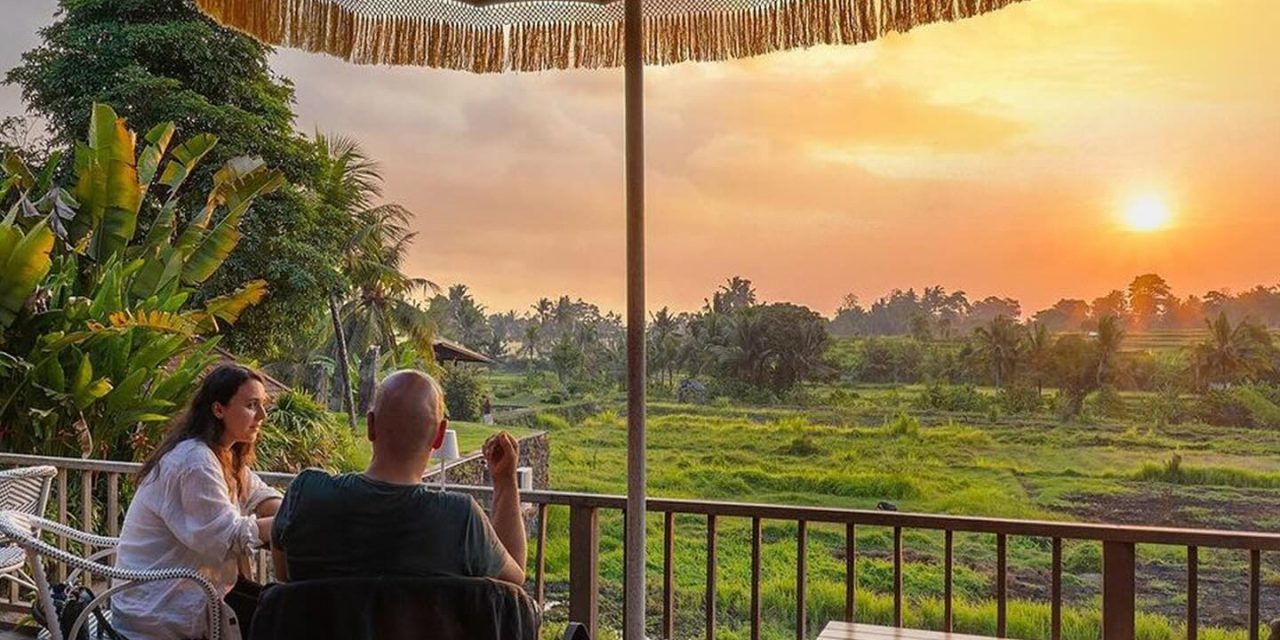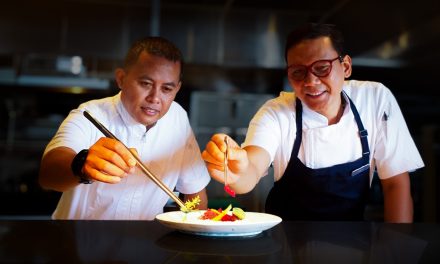If you’ve ever wandered through the vibrant streets of Ubud, you might have been enchanted by the aroma wafting from the open-air kitchens. The rich, tantalizing scents of spices mingle with fresh herbs, enticing you to dive deeper into the culinary landscape of Bali. As someone who has spent countless hours savoring the local dishes, I invite you on a flavorful journey to explore the fascinating world of spices in Ubud’s local cooking.
The Heart of Balinese Cuisine
Balinese cuisine is a colorful tapestry woven from the threads of various spices. Think of it as the soul of the dish that brings together a symphony of flavors. When I first arrived in Ubud, I was utterly overwhelmed by the local spice markets—stalls overflowing with vibrant spices, each telling its own story. Whether it was the fiery red of chili or the earthy tone of turmeric, I felt like a kid in a candy store.
Let’s talk about some of the key players in the spice game:
– Turmeric (Kunyit): This golden-yellow spice is packed with health benefits. It adds warmth and a distinctive color to dishes. I remember a cooking class where we made *Jukut Ares*, a traditional Balinese soup, and turmeric played a starring role. The way it transformed the dish’s appearance was nothing short of magical!
– Ginger (Jahe): Renowned for its warming properties, ginger adds a subtle heat. I often find ginger sneaking into delicious refreshments like *Bali ginger tea*. It was almost a rite of passage to sip on this beverage every morning, awakening my palate and energizing me for the day ahead.
– Chili (Cabe): If you’re someone who enjoys a bit of a kick, Balinese food will not disappoint! From *sambal to satay*, the heat from chilies is unmistakable. I remember my first encounter with *sambal mata*, a raw chili condiment that instantly made my taste buds dance. Let me say—start small, as this spicy delight can pack quite the punch!
A Personal Anecdote: Cooking with Locals
One of the most memorable experiences of my time in Ubud was cooking with a local family. They welcomed me into their home with open arms, and as we prepared *nasi campur*, I couldn’t help but be fascinated by their spice rack. There were jars upon jars of spices, each with a story. They taught me how to create a spice paste called *bumbu*, essential for many dishes.
As we mashed chili, garlic, shallots, and galangal together, the process felt almost therapeutic. It reminded me that cooking is not just about cold measurements but also about passion and tradition. We then used this paste in a fragrant curry that filled the entire house with its inviting aroma!
Insights into Ubud’s Spice Culture
In Ubud, spices are not just ingredients—they’re integral to the culture and rituals. Traditional ceremonies often feature elaborate meals specifically tailored for offerings. The spices used not only enhance the flavors but also hold symbolic meanings, connecting the community to their ancestral roots. I recall witnessing a beautiful ceremony where *bubur injin* (black rice pudding) was offered, adorned with coconut and spices, paying homage to the gods.
The local markets, such as the Ubud Art Market, are treasure troves of spices. Don’t miss the chance to sample spices and learn about their uses from locals who are more than willing to share their knowledge. A fun tip is to ask if you can smell different spices before purchasing; sometimes a simple whiff can spark creativity for your own cooking!
Practical Tips for Cooking with Balinese Spices at Home
1. Start Small: If you’re new to cooking with spices, start with minor quantities to gauge your taste preferences. The beauty of spices is their flexibility—everything can be adjusted to suit your palate.
2. Invest in Fresh Spices: Whenever possible, opt for fresh spices over pre-ground ones. The aroma and flavor are incomparable. Look for local Asian markets where you can find the freshest varieties.
3. Experiment: Don’t be afraid to blend different spices! Mix turmeric and ginger for a vibrant health-boosting tea, or create your own *sambal* by combining different types of chili and garlic to find that perfect flavor.
4. Use Color as a Guide: In Ubud’s local cooking, color plays a role in presentation and flavor. Try to incorporate an array of spices to make your dishes as visually appealing as they are delicious.
5. Share and Learn: Cooking is best enjoyed in the company of others. Invite friends for a spice-themed dinner party, share local recipes, and have fun experimenting together.
Final Thoughts: A Flavorful Journey Awaits
Exploring spices in Ubud’s local cooking opens up an entire world of flavors and traditions. From the bustling spice markets to the intimate cooking classes, every moment is infused with the essence of Balinese culture. The next time you plan a trip to this beautiful destination, take a moment to delve into the spices that define its cuisine; you won’t just be savoring food; you’ll be tasting the heart and soul of Ubud.As you venture into your own kitchen, remember that cooking is an adventure. Every spice has a story, every recipe a memory. Don’t rush; enjoy the process and embrace the delightful creativity that comes with it. Happy cooking!






